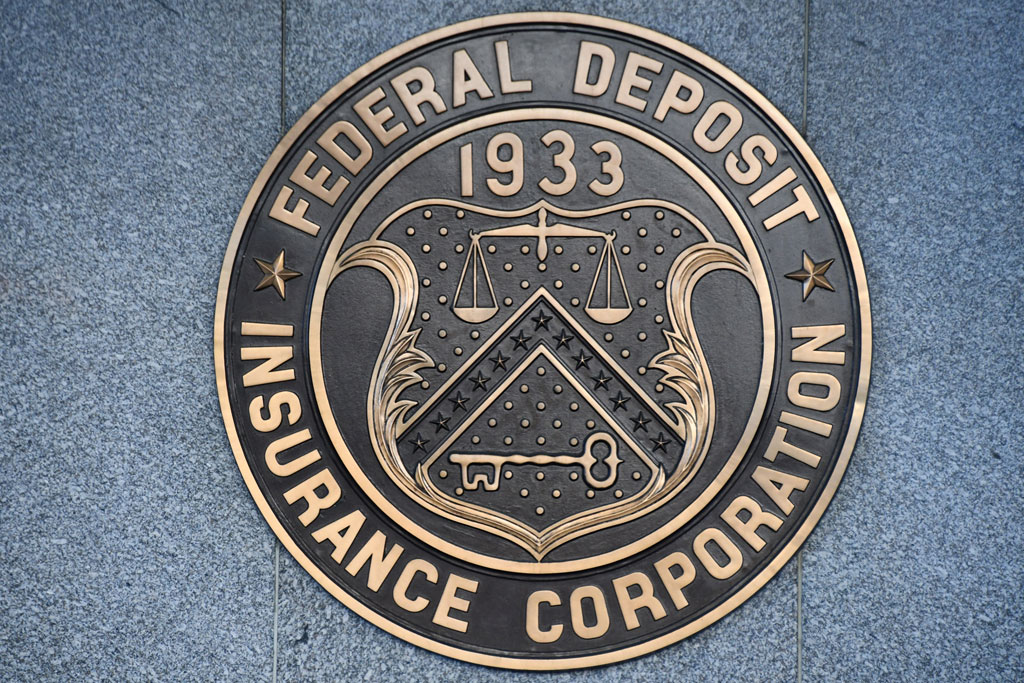The FDIC keeps your money safe even if your bank goes out of business. However, it’s not necessarily as simple or straightforward as that sounds. If you want to save your money in a bank, it’s important to understand FDIC’s Deposit Insurance Fund and why it’s important.
Background Information on the FDIC and Its Role in Safeguarding Bank Deposits
The FDIC is a government agency made in 1933 to help when banks fail like during the Great Depression. Its primary mission is to maintain public confidence in the U.S. The banking system is insured, supervised, and managed when banks fail.
The FDIC keeps money called the “Deposit Insurance Fund” to protect your money if a bank fails. The fund is paid for by insured banks and thrift institutions. The money comes from premiums they pay and interest income on investments. The DIF does not receive any federal tax dollars.
History of the Fund
The FDIC’s Deposit Insurance Fund has changed a lot. Many things have happened that affected how it developed. Some notable milestones include:
- In 1933, the FDIC was made. It covered $2,500 per depositor at first.
- In 1991, the FDICIA law was approved. It improved how the FDIC manages its Deposit Insurance Fund better.
- In 2006, the Bank Insurance Fund and the Savings Association Insurance Fund combined. This resulted in the creation of a single Deposit Insurance Fund.
- The deposit insurance limit was raised to $250,000 per person by the Dodd-Frank Act of 2010.
Benefits And Limitations Of Deposit Insurance
Deposit insurance provides several benefits for both consumers and banks. Consumers can feel secure, knowing their deposits are safe if their bank fails. Banks use deposit insurance to reassure people and keep the banking system stable. This protection makes consumers feel more confident in the bank system. It means that people and businesses can trust that their money is safe, even if a bank fails. This boosts economic growth by increasing saving and investment. It also helps payments work better by making people more confident.
However, there are some limitations to deposit insurance. The FDIC insures some bank accounts, like checking, savings, and CDs. The coverage limit is $250,000 per depositor at each insured bank. This is the standard amount for every account ownership category.
Tips for Ensuring Your Deposits Are Fully Covered by the FDIC
To maximize your FDIC coverage, consider the following tips:
- Be aware of your FDIC coverage limits. The standard coverage limit for each depositor is $250,000 per insured bank. This applies to each account ownership category.
- Ensure your bank’s FDIC insurance is valid. Make sure your bank is FDIC-insured. You can use the FDIC’s BankFind tool or look for the official FDIC sign at the bank to check.
- Keep accurate records. Keep your deposit slips and account statements up-to-date. This helps you know how much of your money is insured.
- Understand the different accounts covered by the FDIC. Get to know the accounts that FDIC insures including checking, savings, and CDs.
- Add up all your deposits at one bank. Calculate how much money you have in one bank to check if you have more than the coverage limit.
- Take advantage of online banking without losing out on FDIC coverage. Use online banking for ease, but be mindful of FDIC restrictions on CDs.
